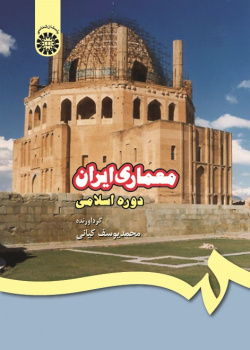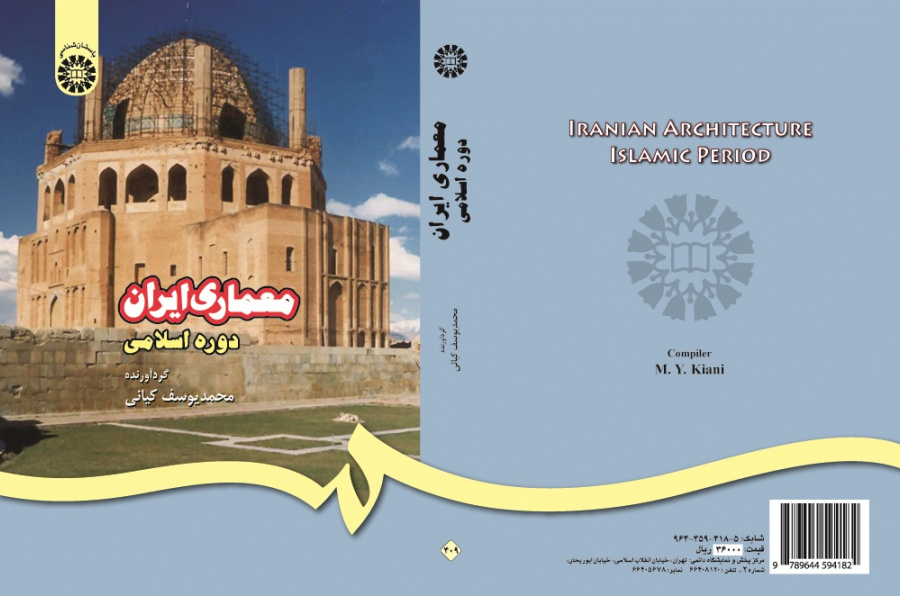

Persian Architecture in the Islamic Period
Compiled for the BA and MA students of archeology as the main textbook for the course “The Art of Islamic Period”, this book studies the architecture places such as mosques, shrines, schools, the Musallah and discusses the norms on which the Islamic architecture of Persia are formed.
Archeological studies and excavations show that the history of Persian Architecture dates back to the 7th century BC. Since then, this art has developed in relation to various, especially religious, factors.
During the Islamic period, more than any other building, it was the construction of mosques which was focused upon. Persian architecture with different styles, various ground plans, and magnificent ornamentations has added to the splendor of the mosques. Shrines, mausoleum of religious and political elites similar to the mosques with varying ground plans, domed ceilings, and ornamentations like plaster-work, brick-work, and tiling has given special credit to the architecture of the Islamic period.
When the learning system underwent transformations and the educational establishments were separated from the mosques the construction of schools took a different course. Architectural features of schools in tandem with the transformations in the architecture of the mosques entered
a new phase; and the architecture of schools were modified in the vein of the architectural characteristics of the mosques.
The Takiye, the Hosseynie, the Musallah – buildings in which different religious rites are performed – have special status in cities and are used in times of public mourning particularly during Muharram by the devotees of the twelve inerrant Imams.
This book, in sixteen chapters, studies the architecture of mosques, shrines, schools, the Hosseynie, the Takiye, the Musallah, castles, bridges, water-stores, baths, caravanserais, mansions, and minarets. Afterwards, the book discusses the norms on which the Islamic architecture of Persia are formed, gives detail about the arches and domes in Islamic architecture and gives an account of the architects, skilled masons and artists of the Islamic period.
There are outstanding black and white as well as colored pictures in the book.





